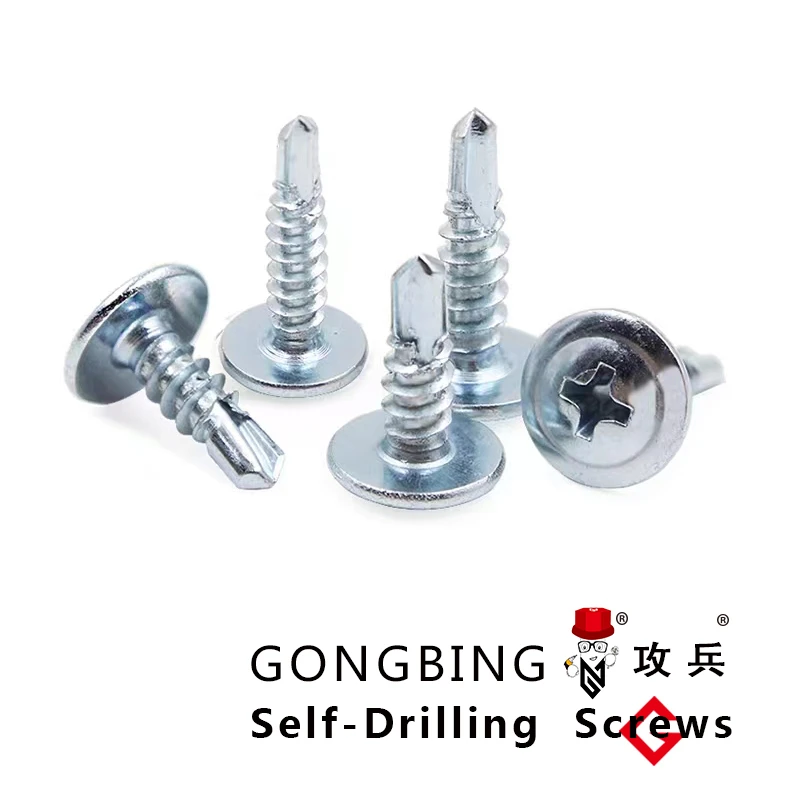Understanding the Applications and Benefits of Continuous Threaded Rods in Various Industries
Understanding Continuously Threaded Rods An Essential Component in Engineering
Continuously threaded rods, often referred to as all-thread rods or fully threaded rods, are crucial fasteners in various sectors of engineering and construction. These rods are characterized by a continuous thread that runs the entire length of the rod, eliminating any smooth sections. This design allows them to be exceptionally versatile in a wide range of applications, from structural support to mechanical fastening.
Composition and Manufacturing
Typically made from materials such as stainless steel, carbon steel, or other alloys, continuously threaded rods exhibit a balance of strength, flexibility, and resistance to corrosion. The manufacturing process often involves cold heading, which converts a piece of wire into a rod with threads, or machining processes where the threads are cut into the rod. The choice of material and manufacturing technique directly influences the performance characteristics of the threaded rod, including tensile strength, fatigue resistance, and durability.
Applications in Various Industries
1. Construction In the construction industry, continuously threaded rods are used to secure structural components together. They provide robust connections between beams, columns, and other elements. Because they can be cut to the desired length on-site, they offer flexibility in adapting to different structural designs. Additionally, they accommodate a variety of nuts and washers that can help distribute loads effectively.
2. Manufacturing In manufacturing environments, threaded rods serve as tensioning devices. They can be used in fixtures, jigs, and other assembly tools that require stable, adjustable connections. Their fully threaded nature allows for fine adjustments in alignment, which is crucial in precision manufacturing.
continuously threaded rod

3. Automotive Sector In automotive applications, these rods are primarily utilized for fastening components in engines and chassis frames. Their ability to endure harsh conditions while maintaining structural integrity makes them a popular choice in this sector. They also play a role in adjustable suspension systems, where length variation is necessary for optimal performance.
4. Aerospace and Defense The aerospace industry demands components that offer high strength-to-weight ratios and excellent corrosion resistance. Continuously threaded rods, especially those made of high-strength alloys or composites, meet these requirements, making them suitable for use in aircraft and defense-related equipment.
Advantages of Continuously Threaded Rods
One significant advantage of continuously threaded rods is their ease of installation. The continuous thread allows for the use of a wide range of nuts and washers, providing flexibility in attachment and load distribution. Additionally, they can be adjusted to accommodate various lengths, which can be particularly advantageous in dynamic applications where conditions may change.
Another benefit is their cost-effectiveness. Since they can be produced in large quantities and are often available in standard sizes, continuously threaded rods are relatively inexpensive compared to custom fasteners. This affordability does not compromise quality, as they meet strict industrial standards for safety and reliability.
Conclusion
In summary, continuously threaded rods are indispensable in modern engineering and construction. Their unique design, material versatility, and wide range of applications make them a preferred choice for countless fastening and connection needs. As industries advance and the demand for innovative solutions continues to grow, the evolution of continuously threaded rods will likely play a critical role in the development of new technologies and methodologies. Whether in buildings, machinery, or vehicles, these seemingly simple components contribute significantly to the overall integrity and functionality of engineered systems.
-
Weatherproof Plastic Expansion Anchors for OutdoorNewsJun.06,2025
-
Sustainability in the Supply Chain: Eco-Friendly TEK Screws ProductionNewsJun.06,2025
-
Load-Bearing Capacity of External Insulation FixingsNewsJun.06,2025
-
Double Head Bolts: Enhancing Efficiency in Industrial MachineryNewsJun.06,2025
-
Corrosion Resistance in Chipboard Screws: Coatings for Wholesale DurabilityNewsJun.06,2025
-
Butterfly Toggle Bolts : Enhancing Structural ResilienceNewsJun.06,2025
